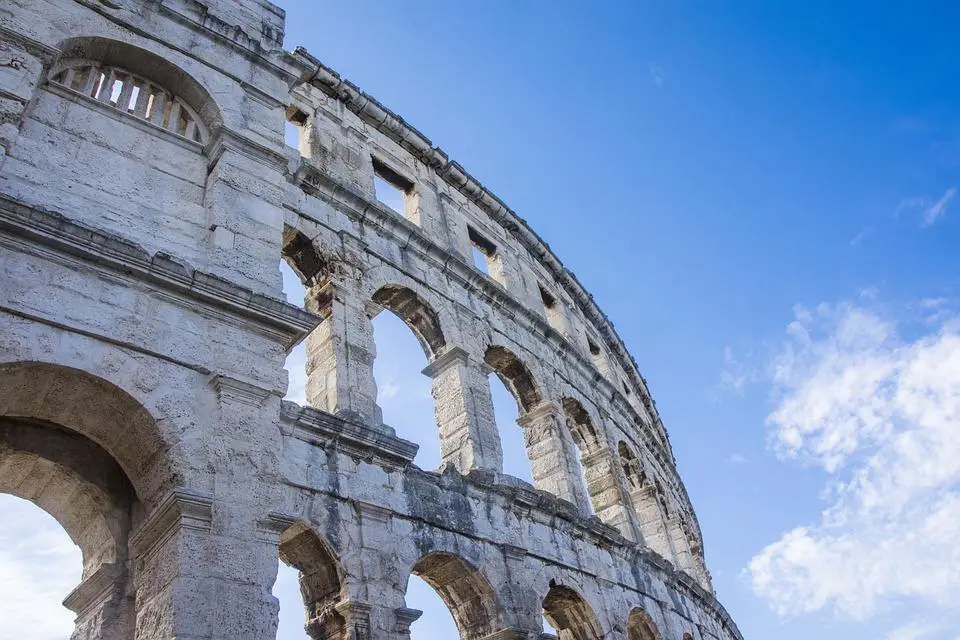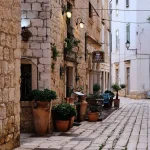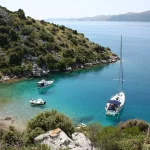As Morski writes, on the gorgeous Istria peninsula, the number of tourists this weekend exceeded a very impressive 300,000. Although the Istrian peninsula is mainly oriented towards family tourism, the number of younger guests, aged 18 to 30, is now increasing. Pula tourism is based precisely on the “city break” category, that is, it has become a destination for more frequent and shorter stays.
”In Italy, accommodation is way too expensive, here we found a house at a good price. We just arrived, we saw some beautiful beaches, the city is beautiful,” said visitor Mateo.
”If we compare what we’ve currently got with 2019, which was the last pre-pandemic year, we see that we have a few percent more young people making up the Pula tourism picture, which if we look at July and August – when the numbers of people in the city are higher – it isn’t a negligible percentage,” pointed out Sanja Cinkopan Korotaj, the director of the Pula Tourist Board.
Manifestations and events that have never been seen before are not negligible either. Music week, wine city, and now a burger fest with a series of concerts in the Arena and on city squares are drawing more and more visitors to this Istrian city, and the bars, restaurants and cafes are full.
There are 25 thousand guests currently staying in the City of Pula. Private accommodation units are now sold out, and young people have started to fill the city’s numerous hotels as well.
”We decided to stop in Pula on our visit to Croatia because we had heard only the very best things about the city. We visited many places there, and the beaches are beautiful,” said Camilla.
This new structure of guests making up Pula tourism’s picture, with a significantly higher proportion of young people, also increases costs for hoteliers, they say.
”Because they stay in one destination for a shorter period of, they want to see as much as possible in the shortest possible time, so in a way we’re reduced to a type of station tourism. Because we have to change everything every day, bedding and everything, this creates additional costs for us,” emphasised Deniz Zembo, a hotel owner from Pula.
Recently, hostels have also started to spring up, now there are about 20 of them in the city and they are getting better every year.
”We are talking about a lot of young guests who came of age during the coronavirus pandemic, they couldn’t travel, and we are also talking about guests who are starting families and who will come to Pula with their families,” added Boris Zgomba, the president of the Association of Travel Agencies within the Croatian Chamber of Commerce (HGK).
For more, make sure to check out our dedicated travel section.











